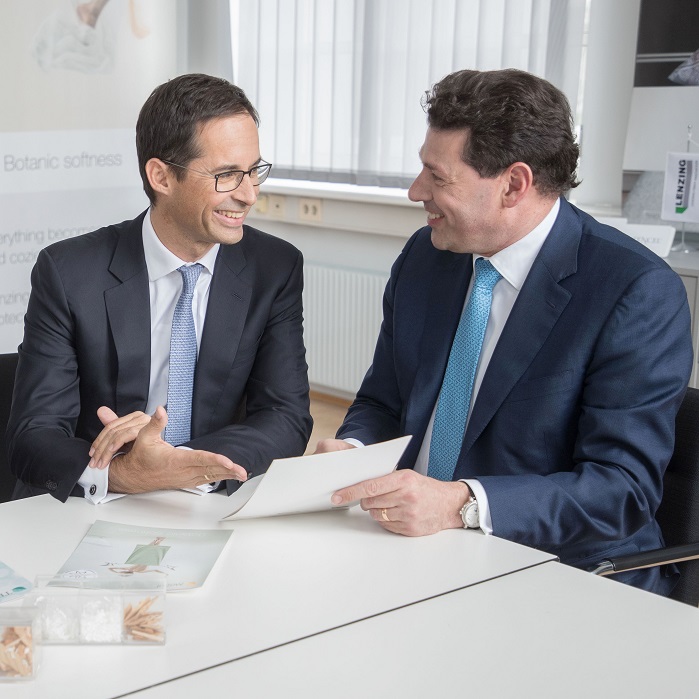_Preview-300x192-cropped.jpg)
Lenzing Refibra gives cotton waste a second life
Lenzing has developed a new fibre based on cotton scraps and wood.

7th February 2017
Knitting Industry
|
Lenzing
Lenzing has developed a new fibre based on cotton scraps and wood. Refibra is the first cellulose fibre featuring recycled material on a commercial scale and was launched today at Première Vision textile fair in Paris.
The fibre is produced in the Tencel production process. Tencel, already a market success as an eco-friendly fibre, is now achieving another key milestone by creating from natural resources what is likely the most sustainable fibre.
According to the manufacturer, Refibra from cotton scraps and wood will further build Lenzing's reputation as a leader in the field of environmental fibre technology and will push new solutions in the textile industry towards circular economy by recycling production waste.
"For Lenzing, developing circular business models in the fashion industry ensures the decoupling of business growth from pressure on ecological resource consumption. It reduces the need to extract additional virgin resources from nature, and reduces the net impact on ecological resources," explained Stefan Doboczky, CEO of Lenzing Group, and Robert van de Kerkhof, CCO.
The new Tencel generation Refibra stands for Reduce, Reuse and Recycle. “The brand name Refibra and the claim Reborn Tencel fibre illustrate immediately that this new kind of fibre is made of recycled materials promising reduced reliance on natural raw materials,” commented van de Kerkhof.

“Because Refibra is based on the Tencel fibre, which has been internationally recognized for its environmentally responsible closed loop production process, Refibra offers a deep sustainability profile that clearly contributes to circular economy.”
Transparency becomes an increasingly more important issue in the textile industry to prove for example material origin. To assure customers that the fibre, made from recycled material, is really in the textiles, Lenzing has developed a new identification system.
According to the company, the system makes it possible to identify the Refibra fibre in the finished textile. This is said to guarantee transparency in the overall processing chain. The Refibra fibre itself is part of the global Lenzing Branding Service and the brand is licensed once the textile has undergone a certification process.
“Tencel itself is an environmentally responsible fibre of botanic origin. With Refibra, we add to the future of manufacturing and start to reassess waste as resource. The target is to close the loop. We will not stop our innovation before we are there,” said van de Kerkhof said. “Lenzing is working for a better planet.”
“Close cooperation with leading companies who attach particular importance to sustainability is a pre-requisite for a successful market launch,” said van de Kerkhof. "These pioneering companies offer the possibility of jointly developing concepts that contribute to a more sustainable fashion industry and promote the circular economy in this sector as well.”

Business intelligence for the fibre, textiles and apparel industries: technologies, innovations, markets, investments, trade policy, sourcing, strategy...
Find out more